-
You start and finish each day in your bedroom, so it deserves special attention. The right lighting in your bedroom will elevate this space. Are you unsure of what to consider when shopping for light fixtures? Or are you unsure how many different types to incorporate into your room? Designers shared their top tips for choosing bedside lamps, wall sconces and overhead fixtures.
Make Sure You Layer
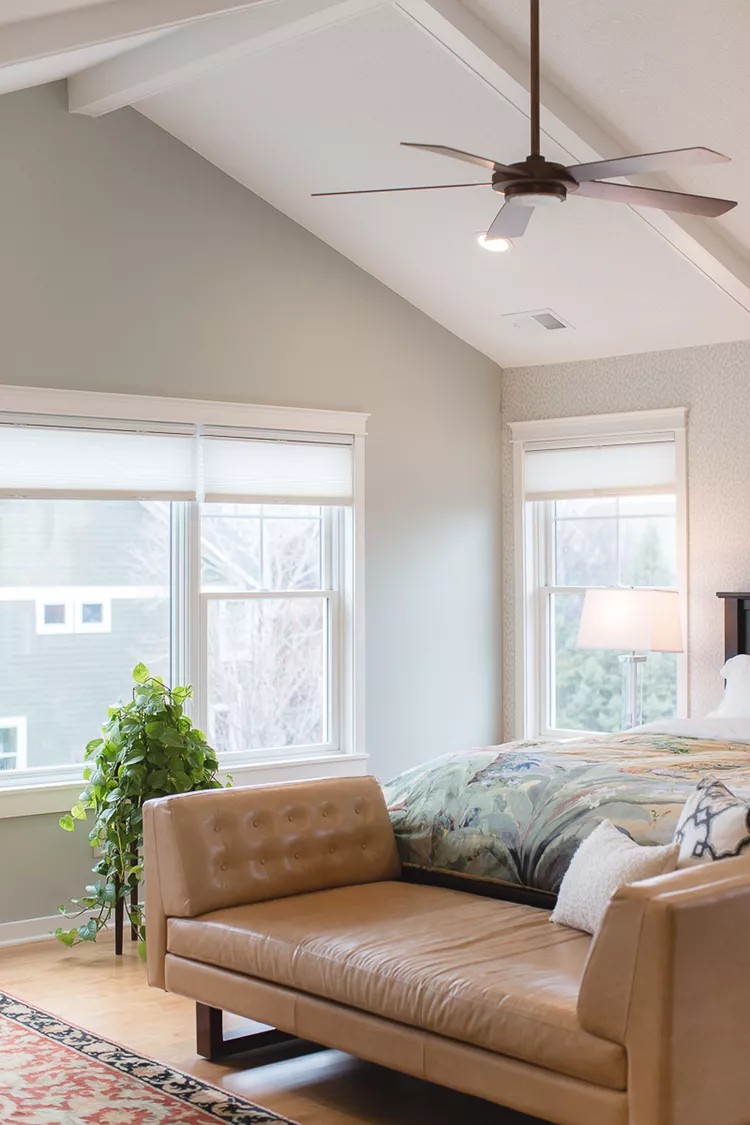
Designer Alex Alonso says that layering different types of lighting is important for your sleeping space. He says that he always recommends at least three types of lighting for bedrooms, and almost any room. These are task, decorative and general/ambient. The fun part is layering them all. It also requires the most strategic thinking. Alonso suggests dividing the room into different zones before you start.
Alonso says that when it comes down to task light he first determines what the task is and where it will be performed in the room. If you’re reading in bed or at a desk, the lighting should complement the room visually. It shouldn’t overpower the space.
Alonso says decorative lighting is “your bedroom jewelry.” A bold chandelier could be the answer. “It’s the centerpiece of the room but it also complements the rest of the pieces,” says Alonso. This can be achieved by using bedside lamps. Perhaps your decorative lighting will be some sculptural nightstand lamps with lots of personality.
There are even more options when it comes to general lighting. Recessed Lights have become so popular and affordable that it is a crime to get them wrong, says Alonso. The problem is that they can be overdone, resulting in a landing strip of lights, which darts across the ceiling. You should be careful where you place the recessed lighting. Alonso sometimes keeps the recessed lights on the perimeter only.
Lamps are important.
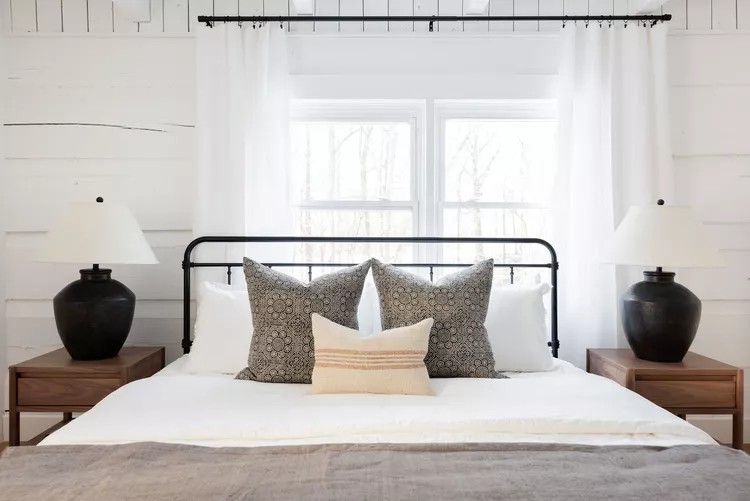
Alonso says that you shouldn’t rely solely on overhead lighting for your bedroom. Designer Brian Brown says that lamps are also a crucial element in the bedroom. He explains that pendants or bedside lamps are a great way to add a layer of functionality. That’s not the only thing. Brown adds, “I also like to put lamps on dressers.” It will bring light to other parts of the room, and give you a uniform glow throughout.
Choose Sconces if You Share an Area
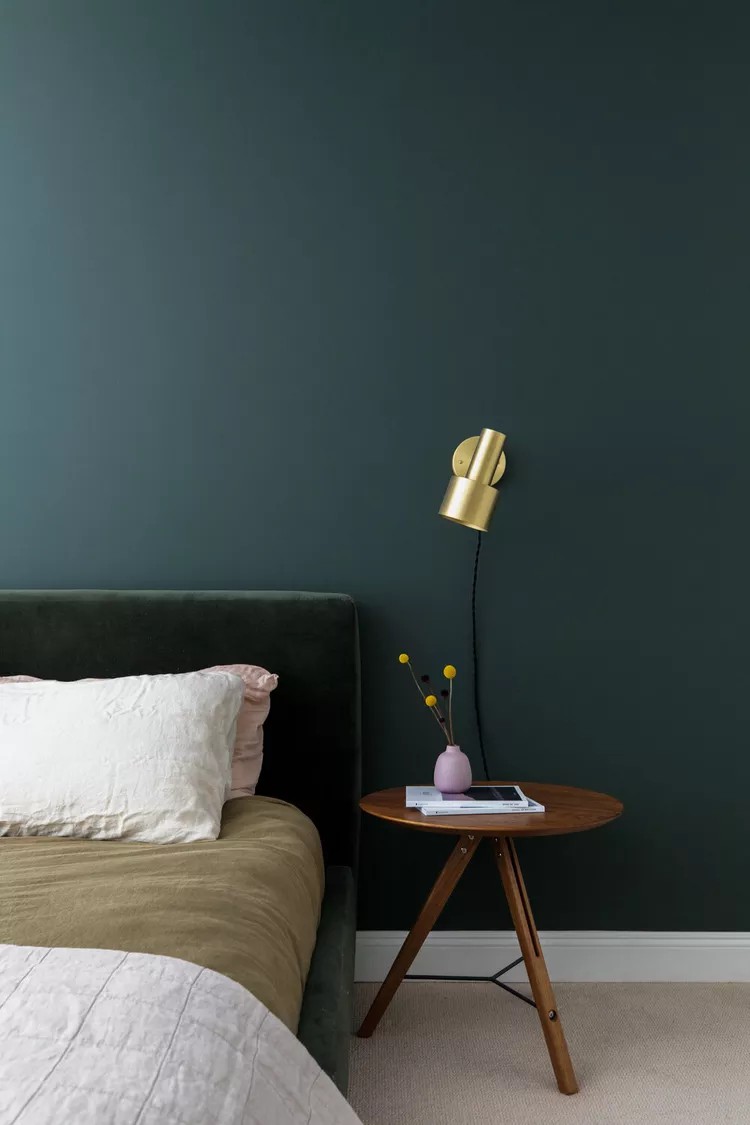
Sconces are elegant and allow the top of your nightstand to be free. But that’s not their only advantage. Alonso says that arm sconces are a great option for those who read a lot in bed. “I make sure that the switches are independent, so each person can control their own side without relying on the other.” This convenience pays for itself by increasing your sleep time!
Choose the right lighting temperature
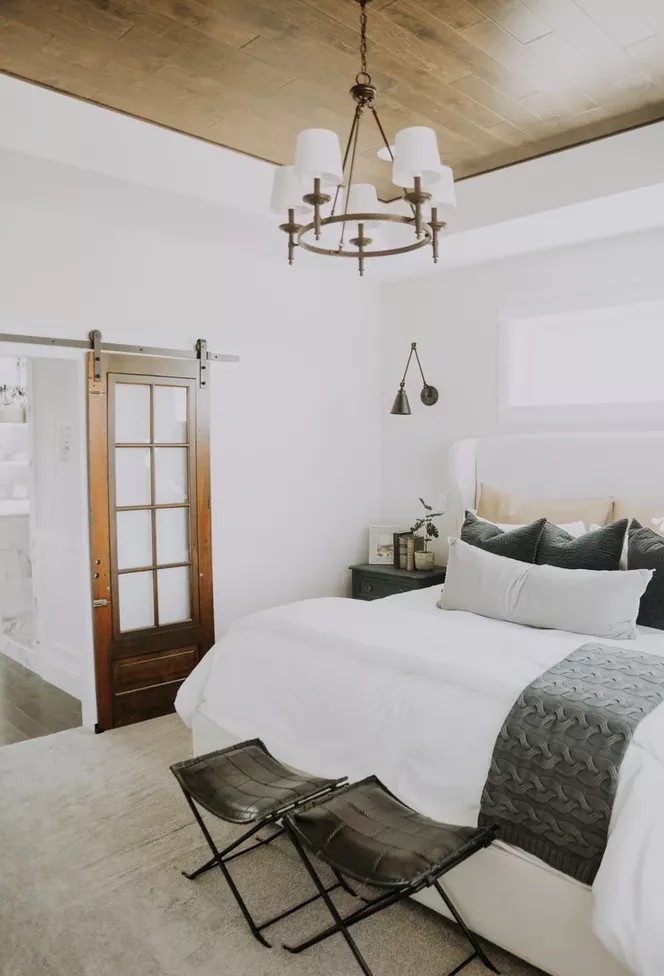
You will enjoy your sleep more if you choose the right lighting temperatures. Designer Emma Beryl Kemper shares her favorite bulb: a soft-white one. It’s bright without feeling sterile, and it works well for ambient, accent, and task lighting.
Alonso states that he will not choose bulbs with a Kelvin value above 2700. “I love a warm amber glow for the bedroom. “It’s moodier, warmer, softer,” he says. If you want to go higher, it’s up to you. Alonso says, “I am very conscious of other tasks that will take place in the room during the day, beyond reading, watching TV, or sleeping.” If you work from home and have a desk in your bedroom, the 3000K is the best option.
Take note of the scale
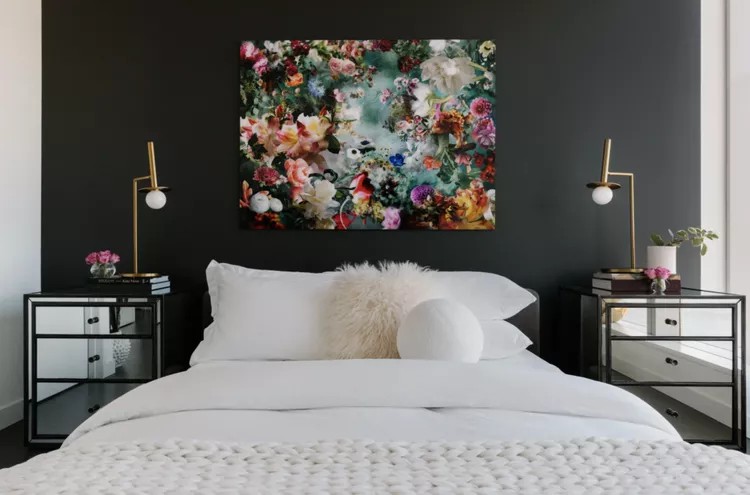
Scale is important when choosing lighting fixtures. Designer Christine Vroom says that the size of nightstand lamps should be between 1/3 and 2/3 as wide as the nightstand. I tend to stick closer to 2/3 in order to fill that space. When it comes to overhead lights, scale is also important. Designer Anna Franklin says that if you have a big space with high ceilings a statement light fixture like a woven-rattan pendant might make sense. If you have a standard ceiling height, choose something smaller and not too low.
Designer Becky Shea prefers that overhead lighting be eight feet off the ground. She says that she works backwards from the ceiling height to determine the overall height. “I gravitate toward a diameter of 1/4 to 1/2 the size of the bed,” according to Becky. There’s a lot math involved in designing a room to make it work!
Franklin says that the number of bulbs in your overhead fixture may be affected by the size of your room. She says that if the fixture has more than 2 or 3 bulbs, it will likely be too bright in a small bedroom. The more bulbs you have, the brighter your room will be.

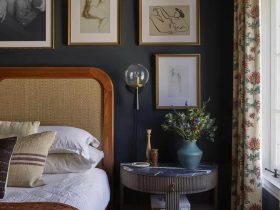
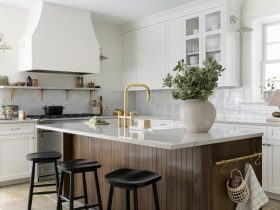
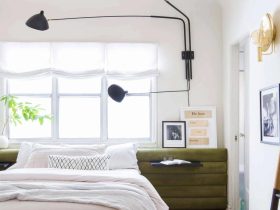
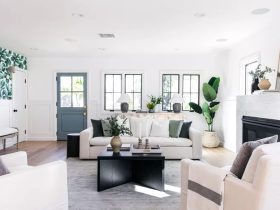

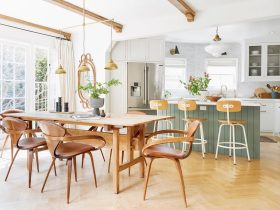
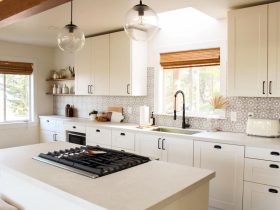
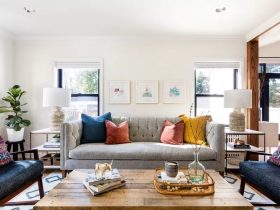
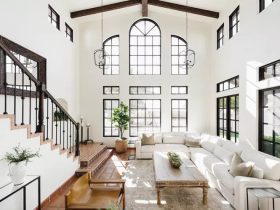
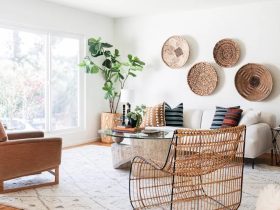
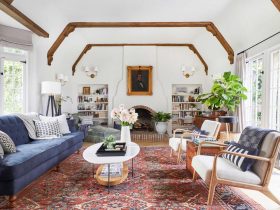
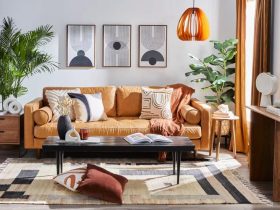
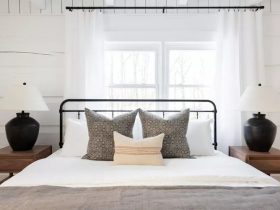
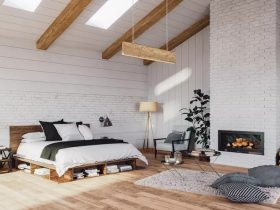
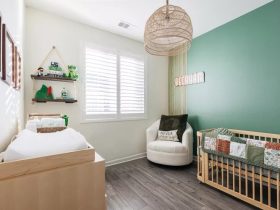
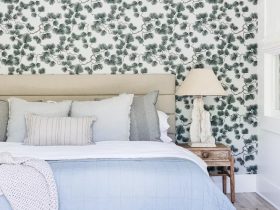
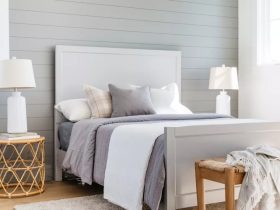
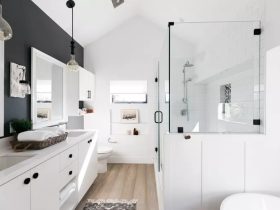
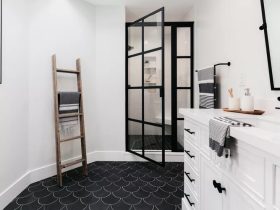
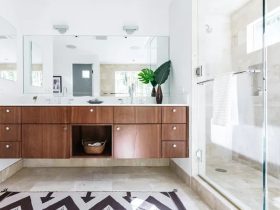
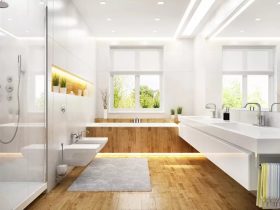
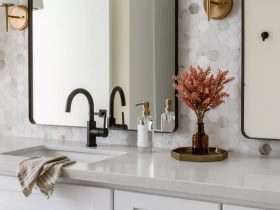
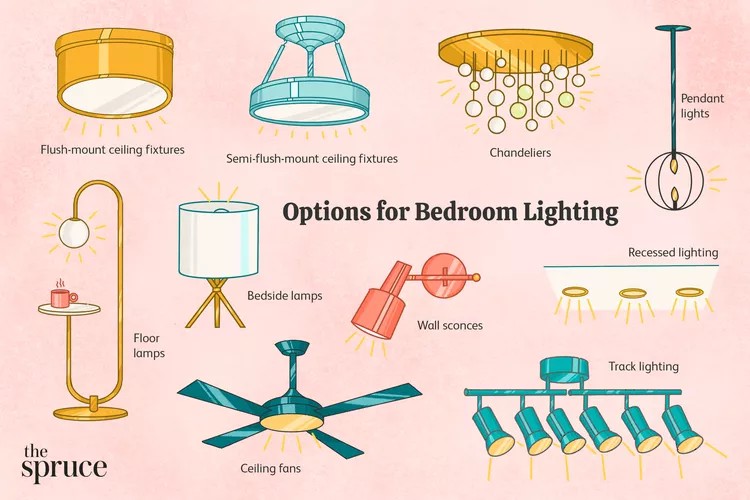
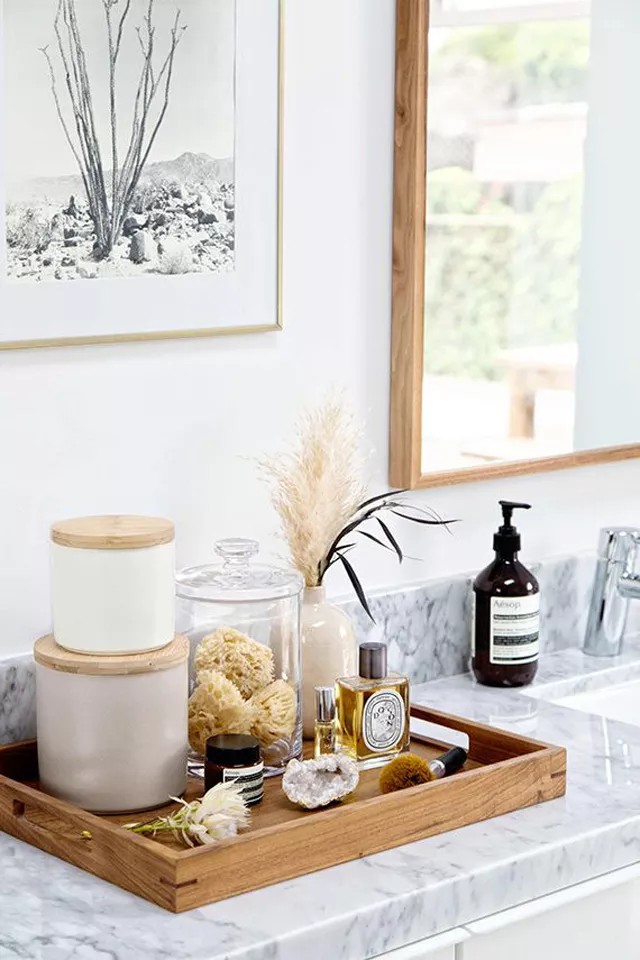
Leave a Reply